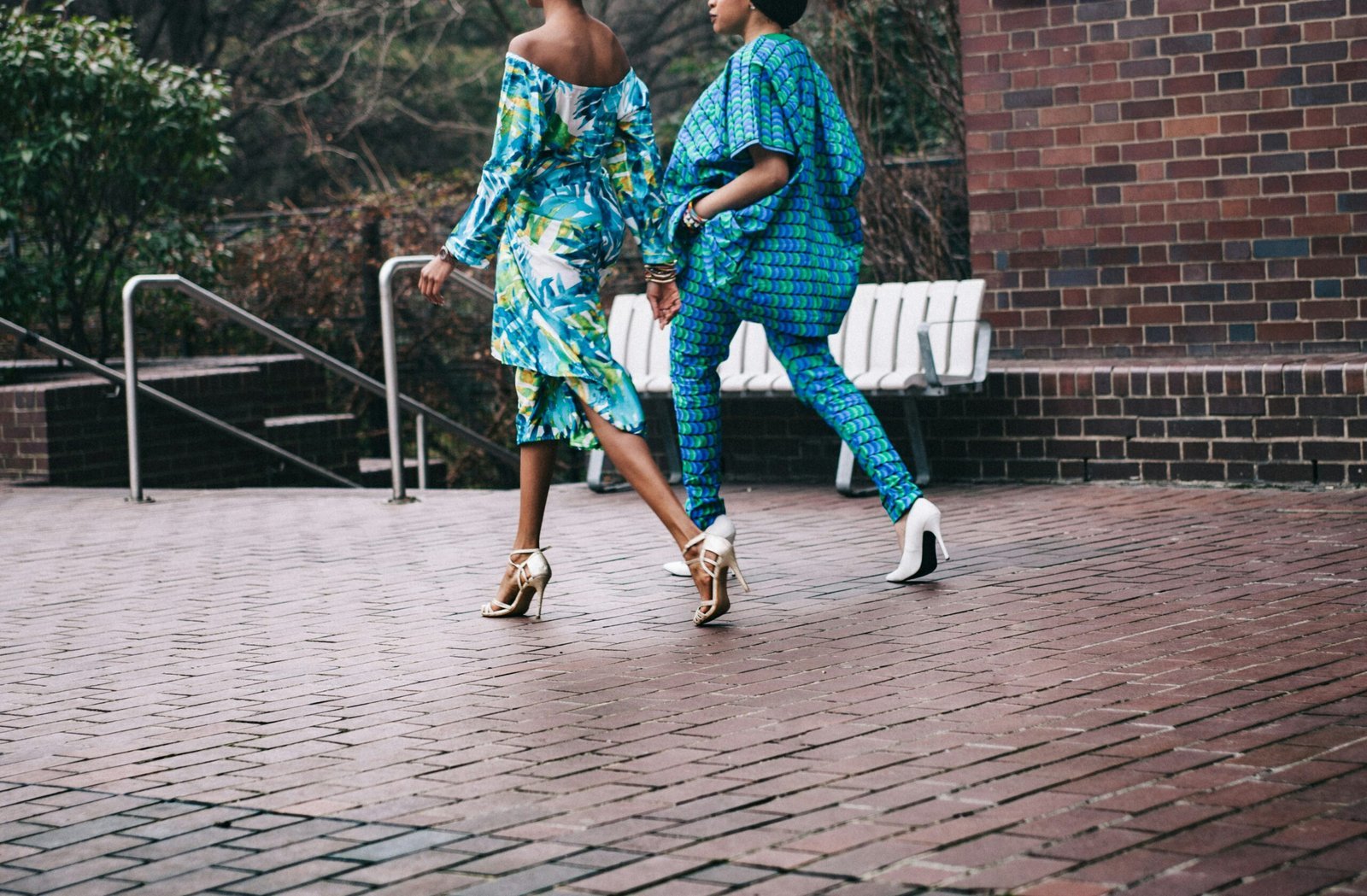
Spirit of Africa: The Gorgeous Blend of Fashion Treasures Behind the Sahara Desert and Tribal Cultures
Africa is a continent rich in diversity, culture, and history. From the vibrant colors of traditional clothing to the intricate designs that have been passed down through generations, African fashion is a true reflection of the continent’s spirit and heritage. In this blog post, we will explore the captivating blend of fashion treasures that are found behind the Sahara Desert and within the tribal cultures of Africa.
Exploring the Sahara Desert’s Influence on Fashion
The Sahara Desert, the world’s largest hot desert, spans across North Africa and has long been a source of inspiration for fashion designers around the globe. The desert’s vast expanse of golden sand dunes, rugged landscapes, and rich earthy tones have heavily influenced the color palettes and textures used in African fashion.
One of the most iconic symbols of the Sahara Desert is the traditional Tuareg indigo blue clothing. The striking deep blue color, known as “Tagelmust,” is derived from the natural indigo dye found in the region and is a significant part of the Tuareg identity. The flowing indigo robes and turbans worn by the Tuareg people not only provide protection from the harsh desert environment but also serve as a distinctive fashion statement.
Another prominent feature of Sahara Desert-inspired fashion is the use of desert-inspired prints and patterns. From the mesmerizing geometric designs reminiscent of sand dunes to the bold tribal motifs, these patterns are a testament to the enduring influence of the Sahara’s awe-inspiring landscapes on African fashion.
The Timeless Elegance of Tribal Fashion
Across the diverse cultures of Africa, tribal fashion stands as a testament to the continent’s rich heritage and traditions. Each tribe boasts its own unique styles, fabrics, and adornments, reflecting the customs and beliefs that have been preserved for centuries.
One of the most striking examples of tribal fashion can be found in the Maasai tribe of East Africa. The Maasai are renowned for their distinctive and vibrant clothing, which features bold reds, blues, and greens. The intricate beadwork and colorful shukas worn by the Maasai not only showcase their exceptional craftsmanship but also symbolize their cultural identity and unity.
Similarly, the Himba people of Namibia have a rich tradition of adorning themselves with intricate jewelry and body adornments. The use of ochre pigment on their skin and hair, along with beautifully crafted jewelry made from shells and metal, exemplifies the Himba’s deep connection to their ancestral roots and the natural world around them.
As we delve deeper into the heart of tribal fashion, we encounter the diverse array of traditional textiles and weaving techniques that are intrinsic to many African cultures. From the Kente cloth of the Ashanti people in Ghana to the Bogolanfini (mud cloth) of the Bambara people in Mali, these textiles are a testament to the artistry and skill of African weavers and artisans.
Modern Interpretations and Global Influence
While African fashion has deep roots in tradition and heritage, it has also undergone a remarkable evolution, blending the old with the new to create contemporary and globally influential styles. Designers and fashion houses across the world have drawn inspiration from African aesthetics, incorporating traditional elements into their collections and runway shows.
The bold and vibrant Ankara prints, originally from West Africa, have gained international recognition and are now a staple in the global fashion scene. These eye-catching prints, characterized by their intricate patterns and vivid colors, have been reimagined and incorporated into modern silhouettes, making them a favorite choice for fashion enthusiasts worldwide.
Furthermore, African-inspired accessories, such as beaded jewelry, woven handbags, and tribal-inspired footwear, have found their way onto international catwalks and into the wardrobes of fashion-forward individuals seeking to embrace the spirit of Africa.
It’s important to note that the global appreciation for African fashion extends beyond the aesthetics. The rise of ethical and sustainable fashion practices has shone a spotlight on African artisans and their traditional craftsmanship. From ethically sourced textiles to fair trade practices, the fashion industry’s embrace of African-inspired designs has created opportunities for artisans to showcase their talents on a global stage while preserving their cultural heritage.


